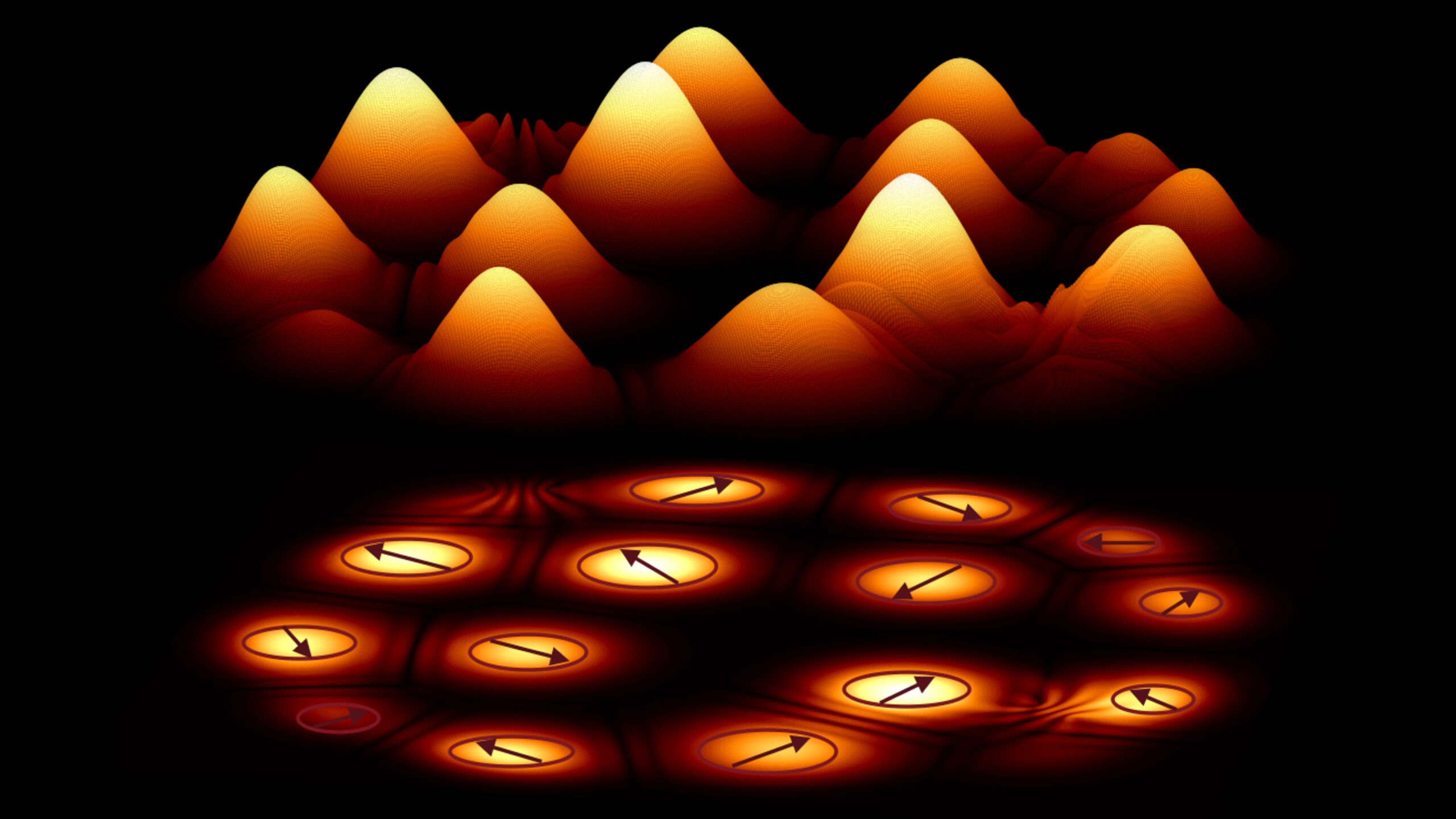
Powerful radiation plays a pivotal role in many fundamental and exploratory scientific endeavors, such as the study of cellular structures and the treatment of tumors to detecting defects in materials.
For decades, lasers and plasma accelerators have stood as the cornerstones of high-powered radiation sources. While lasers have offered precision and reliability, they often come with hefty price tags and substantial size. Plasma accelerators, on the other hand, though more compact, have grappled with power limitations and undesirable radiation spectra.
The solution to these limitations lies in quasiparticles, a concept that is as mesmerizing as it is groundbreaking. Quasiparticles are unique entities composed of countless elementary particles, behaving in ways that defy the laws governing individual particles. Picture them as ripples on a liquid’s surface or vortices in the air. In the world of solids and plasmas, quasiparticles are born from particles like electrons.
“The most fascinating aspect of quasiparticles is their ability to move in ways that would be disallowed by the laws of physics governing individual particles,” said John Palastro, an associate professor at the University of Rochester in the US and one of the authors of a recent study published in Nature Photonics, in a press release.
By solving the equations governing the interaction of electrons with the electromagnetic field both analytically and numerically, the team carried out an analysis of the motion of these particles in a plasma, a high temperature form of matter wherein electrons break away from their atoms and behave like a charged gas.
They found that when plasma is hit by rapidly moving electrons, the electrons inside the plasma form a quasiparticle that moves at superluminal velocity — a phenomenon forbidden for individual elementary particles by the fundamental laws of Einstein’s theory of relativity — and emits electromagnetic waves with unique properties. These waves are in many aspects similar to those generated by powerful lasers, but the required plasma volume may be orders of magnitude smaller than that of a laser facility.
“The flexibility is enormous,” said Bernardo Malaca, a doctoral student at Universidade de Lisboa in Portugal and the main author of the study. “Even though each electron is performing relatively simple movements, the total radiation from all the electrons can mimic that of a particle moving faster than light or an oscillating particle, even though there isn’t a single electron locally that’s faster than light or an oscillating electron.
Although the results of the study seem very promising, the analysis carried out by the physicists was purely theoretical, so their conclusions require experimental verification. The wait might not be too long since the required plasma and electron beam configuration is feasible in existing plasma accelerator laboratories.
However, the authors note that further research may be required to match existing laser capabilities with their method, since achieving very high radiation intensities requires extremely precise control over the movement of electrons and the quasiparticles they form. Such precision may not be available in existing facilities, so the realization of a cost-effective and compact source of ultra-powerful radiation from plasma may still require significant effort.
Nevertheless, these quasiparticles are an intriguing discovery that could broaden research in numerous fields and applications, including the study of viruses, the creation of faster computer chips, and advancing our understanding of fundamental physics and elucidating long-standing mysteries, such as understanding the wave emission by ultra-fast particles moving near the surface of black holes.
Reference: Bernardo Malaca et al, Coherence and superradiance from a plasma-based quasiparticle accelerator, Nature Photonics (2023), DOI: 10.1038/s41566-023-01311-z





